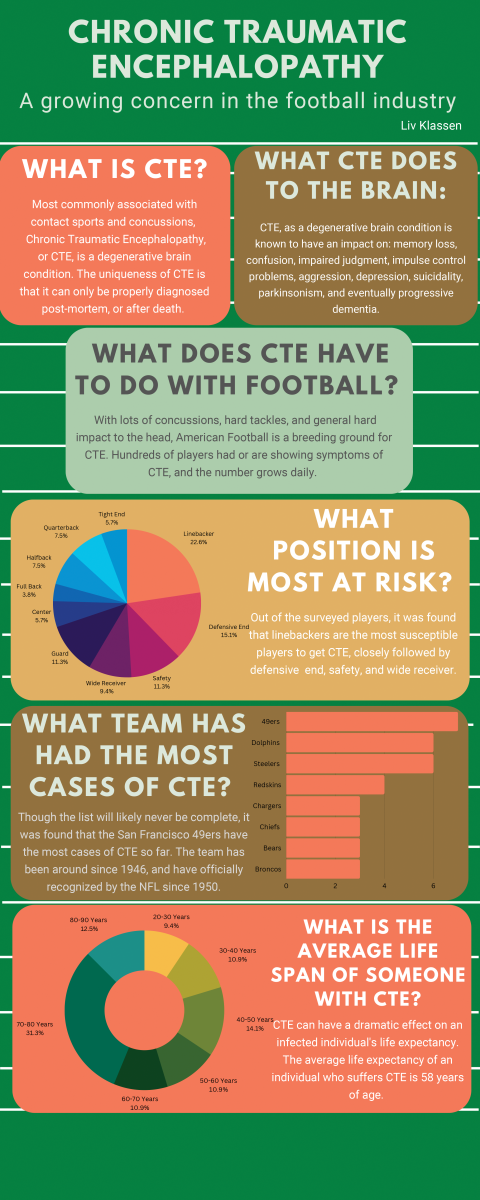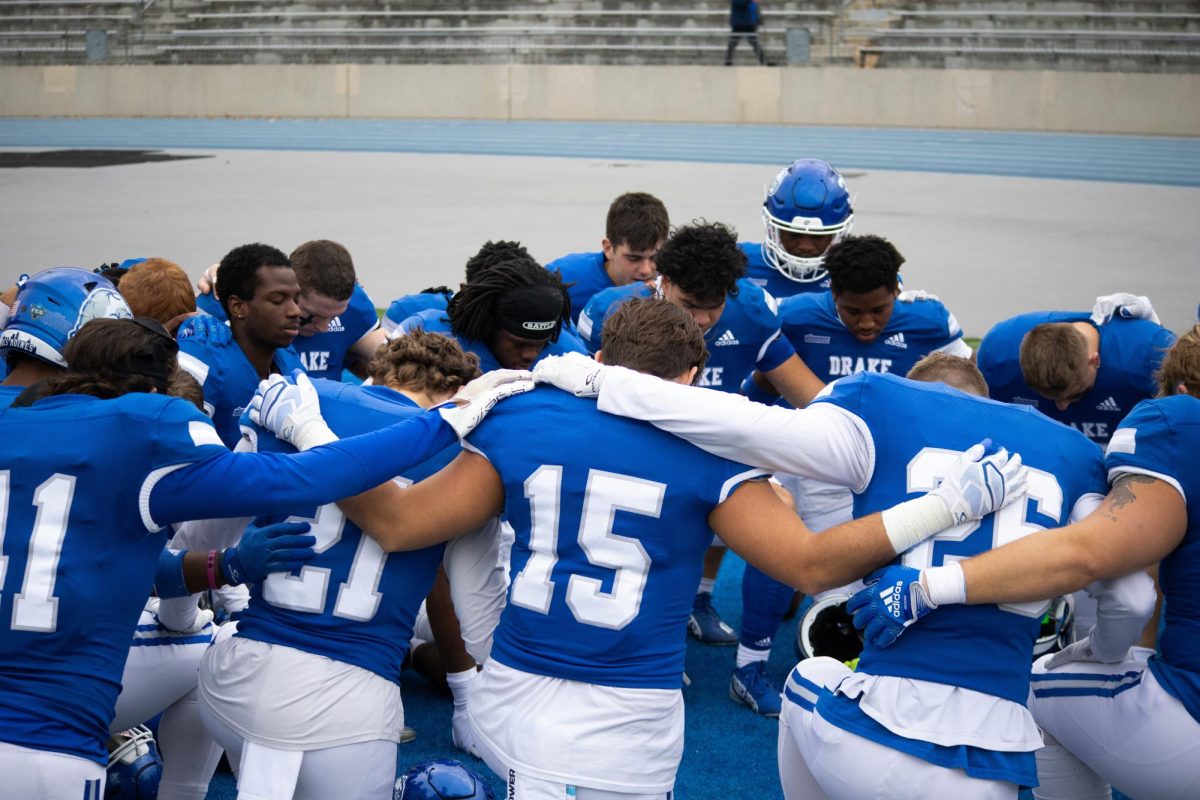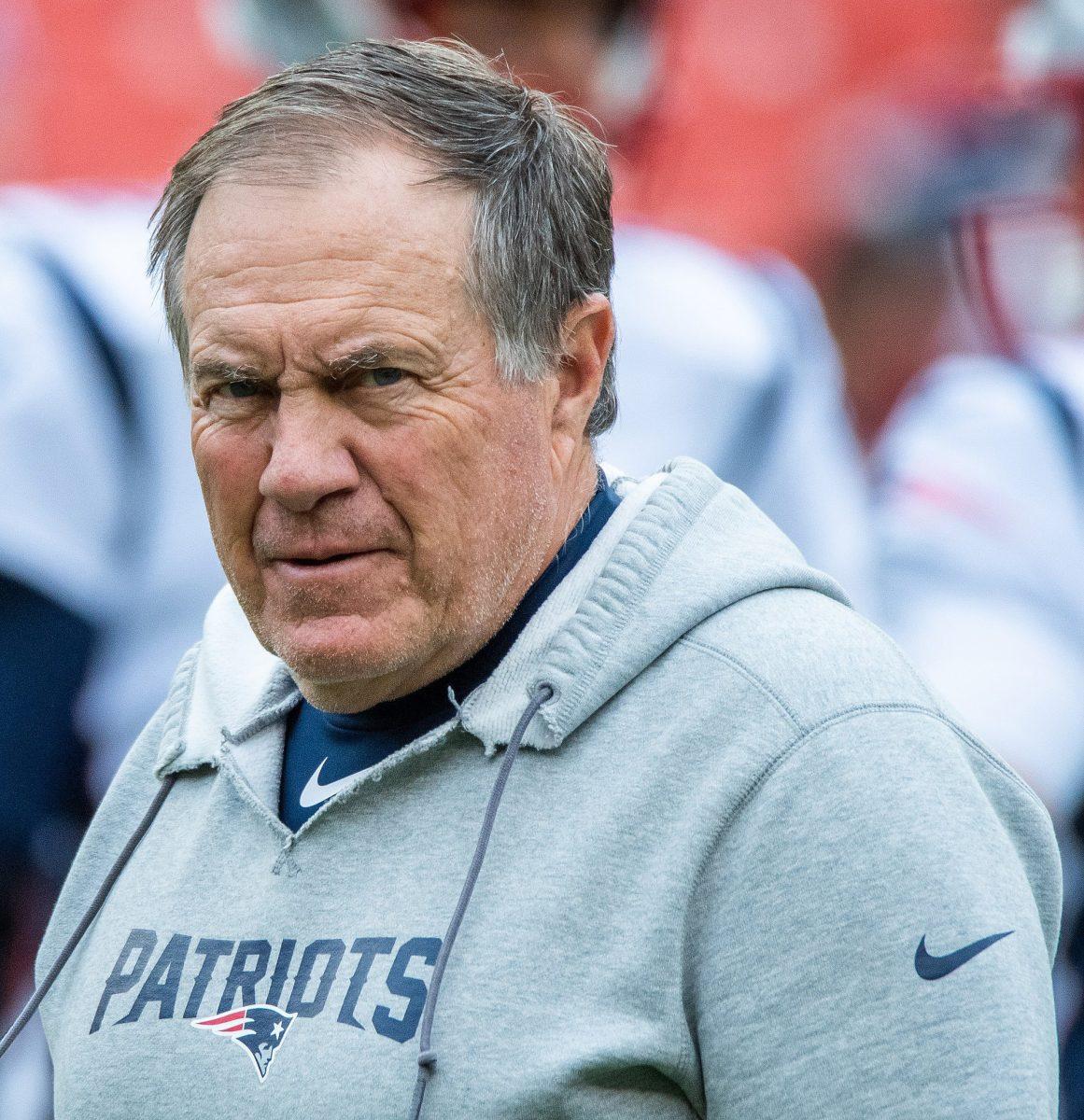The NFL and NFL Players Association (NFLPA) announced on Oct. 8 new changes to the concussion protocol. The changes went into effect starting for games the next day.
One specific change to the protocol has added ataxia to the mandatory “no-go” symptoms, which decides whether a player can re-enter a game.
“As such, as has been done in previous cases, based on the advice of the parties’ respective medical experts, the Protocol will be modified to enhance the safety of the players,” the organizations’ joint statement read. “Specifically, the term ‘ataxia’ has been added to the mandatory ‘no-go’ symptoms. ‘Ataxia’ is defined as an abnormality of balance/stability, motor coordination, or dysfunctional speech caused by a neurological issue. In other words, if a player is diagnosed with ‘ataxia’ by any club or neutral physician involved in the application of the Concussion Protocol, he will be prohibited from returning to the game and will receive the follow-up care required by the Protocol.”
If ataxia is diagnosed, that player will be automatically diagnosed with a concussion and must pass through a five-step process before returning to the field of play. That player must also be evaluated by the team physician and an unaffiliated neurotrauma consultant.
This comes on the heels of recent controversial events involving Miami Dolphins quarterback Tua Tagovailoa. Tagovailoa left the Sept. 25 game against the Buffalo Bills after hitting his head.
After standing back up, Tagovailoa shook his head multiple times and stumbled as he tried to walk away. The Dolphins initially announced he had suffered a head injury but changed it to a lower-back injury which they said caused his stumbling.
Under the previous protocol, which was used in Tagovailoa’s case, a player with “gross motor instability” — difficulty getting up or walking, for example — could return to play if doctors decided there was an orthopedic reason for his unsteadiness.
Tagovailoa returned to the game and led the team to a 21-19 victory.
This was allowed through a loophole under the previous concussion protocol. If they demonstrated “gross motor instability” or had difficulty getting up/walking they could still return to the game if doctors decided that their instability came from orthopedic issues.
Following this Week 3 win, the NFLPA started an investigation into his concussion evaluation after questions from fans and the media. Despite the then-ongoing NFLPA investigation, Tagovailoa was allowed to play the following week.
After a short week, Tagovailo endured another hit against the Cincinnati Bengals, with his head hitting the ground after being thrown to the ground by defensive tackle Josh Tupou. His arms and hands locked into what is called a fencing response, which often is a result from traumatic brain injuries.
The NFLPA fired the unaffiliated neurotrauma consultant that was involved in Tagovailoa’s concussion evaluation during the Bills game.
Chronic traumatic encephalopathy, or CTE, has been associated with the NFL in recent years due to its violent nature. CTE has been found in the brains of more than 320 former NFL players, including Aaron Hernandez, Junior Seau, and Demaryius Thomas.
Although concussions are not necessarily an indicator of CTE, according to the CTE Center at Boston University, a 2019 study from BU found that for every 5.3 years of tackle football played, a person doubles their risk of developing severe forms of CTE.







